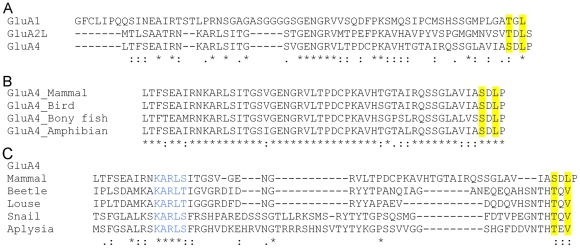Figure 1. Sequence characteristics of long-tailed AMPA receptor subunits.
(A) Alignment of the unique carboxyterminal extensions of rat long-tailed GluA1, GluA2L and GluA4 subunits. The accession codes (SwissProt/TrEMBL) for the sequences are: GluA1, P19490; GluA4, P19493; GluA2L, P23819-3. (B) Conservation of GluA4 C-terminal sequence in vertebrate evolution. The indicated GluA4 orthologs represent diverse vertebrate lineages: mammals (Rattus norvegicus, rat, P19490), birds (Gallus gallus, chicken, Q90858), bony fishes (Danio rerio, zebra fish, Q71E58) and amphibians (Xenopus tropicalis, western clawed frog; the sequence represents a virtual translation of Genbank EST CX366243). (C) Alignment of mammalian GluA4 carboxyterminal sequence with its closest invertebrate homologs: Mammal (rat); Beetle, (Tribolium castaneum, Red flour beetle, XP 968786); Louse, (Pediculus humanus corporis, human body louse, XP 002430327); Snail (Lymnaea stagnalis, great pond snail, CAA42683); Aplysia (Aplysia californica, California sea har, ABB03888). In all alignments, the residues conforming to the class I PDZ motif (-Thr/Ser-X-Φ; Φ denoting an amino acid residue with large aliphatic side chain, X standing for any amino acid) are highlighted in yellow. Asterisks indicate identical residues, whereas strong and weak similarities (according to Gonnet Pam250 matrix [49]) are indicated by colons and dots, respectively.

